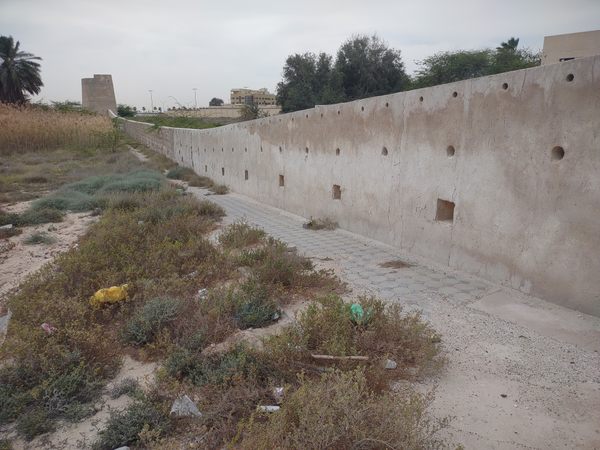Ancient City of Histria in Istria, Romania
Histria, named after the Thracian river god, lies on an arid promontory near the mouth of the Danube River on the Romanian coast of the Black Sea. The city was founded by settlers from Miletos in the 7th century BC and maintained its Greek character throughout its history, even during the period of Roman rule. The economic activity of the city was centered around trade and seafaring, which connected Histria to the rest of the Greek world. Tumuli visible in the distance attests to close relationship between the Histrians and local Scythians. Despite being a regional center of trade due to its favorable position, its geography would be part of what ultimately doomed the city’s existence. Over the centuries, the ancient seashore was the victim of silt deposits stemming from the Danube, transforming it into the modern Sinoe Lake. Being cut off from economic activity, and the collapse of the Roman position in the northern Balkans, Histria fell prey to the invasion of the Avars and Sclavenes during the 7th century AD. The fortress was destroyed and the Histrians vanished, but visiting the ruins today is a wonderful experience into a world that has long since disappeared. Upon arrival, there is a museum where many of the ruins can be visited. Next to it is a small restaurant, and continuing along a path, the well-preserved walls of the ancient city come into view. There is a gatehouse through which one can enter the settlement, just as the ancient Histrians did. The city had paved streets and as in Rome–ancient craftmanship dictated that they are preserved to this very day. Along the interior side of the wall are the ruins of the towers that once defended the city. Histria’s acropolis was located about half a mile east of the main settlement. The ruins of temples and inscriptions can be explored, attesting to the worship of Apollo, Zeus, and Aphrodite in the city.


Histria, named after the Thracian river god, lies on an arid promontory near the mouth of the Danube River on the Romanian coast of the Black Sea. The city was founded by settlers from Miletos in the 7th century BC and maintained its Greek character throughout its history, even during the period of Roman rule.
The economic activity of the city was centered around trade and seafaring, which connected Histria to the rest of the Greek world. Tumuli visible in the distance attests to close relationship between the Histrians and local Scythians. Despite being a regional center of trade due to its favorable position, its geography would be part of what ultimately doomed the city’s existence. Over the centuries, the ancient seashore was the victim of silt deposits stemming from the Danube, transforming it into the modern Sinoe Lake. Being cut off from economic activity, and the collapse of the Roman position in the northern Balkans, Histria fell prey to the invasion of the Avars and Sclavenes during the 7th century AD. The fortress was destroyed and the Histrians vanished, but visiting the ruins today is a wonderful experience into a world that has long since disappeared.
Upon arrival, there is a museum where many of the ruins can be visited. Next to it is a small restaurant, and continuing along a path, the well-preserved walls of the ancient city come into view.
There is a gatehouse through which one can enter the settlement, just as the ancient Histrians did. The city had paved streets and as in Rome–ancient craftmanship dictated that they are preserved to this very day. Along the interior side of the wall are the ruins of the towers that once defended the city. Histria’s acropolis was located about half a mile east of the main settlement. The ruins of temples and inscriptions can be explored, attesting to the worship of Apollo, Zeus, and Aphrodite in the city.




![‘Teacher’s Pet’ – Barbara Crampton & Luke Barnett Star in High School Thriller [Images]](https://bloody-disgusting.com/wp-content/uploads/2025/06/TP_STILLS_3-1024x436.jpg)


![Konami Reveals ‘Silent Hill’ Remake Currently in Development From Bloober Team! [Watch]](https://bloody-disgusting.com/wp-content/uploads/2025/06/silenthill.jpg)





















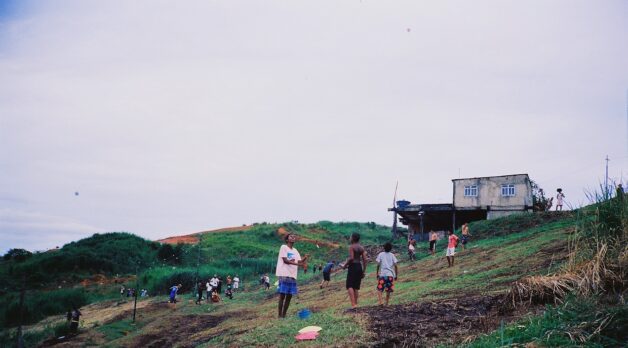
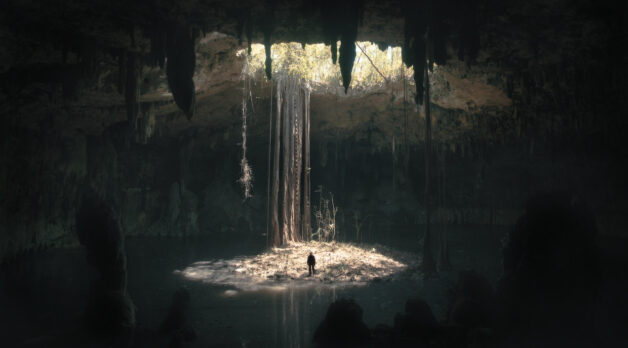






















![Where the Boys Are [BULL DURHAM]](https://jonathanrosenbaum.net/wp-content/uploads/2010/08/bull-durham.jpg)



































































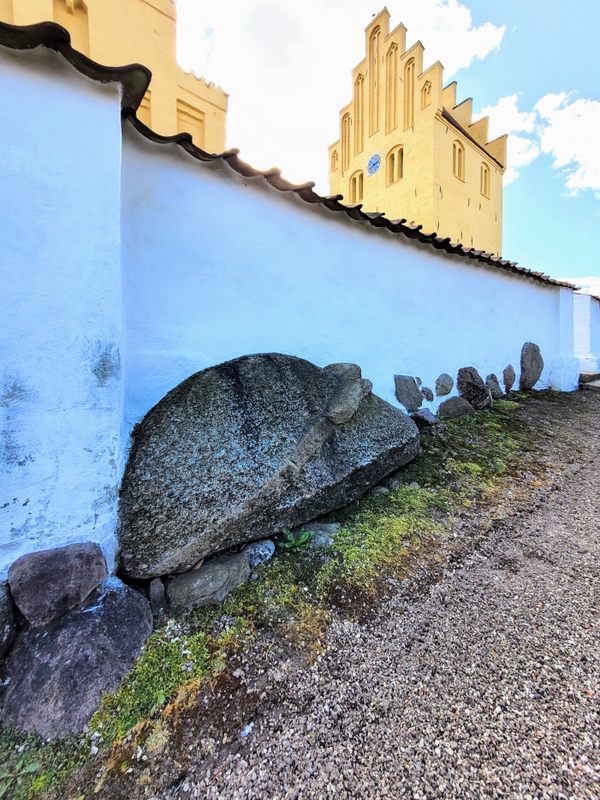










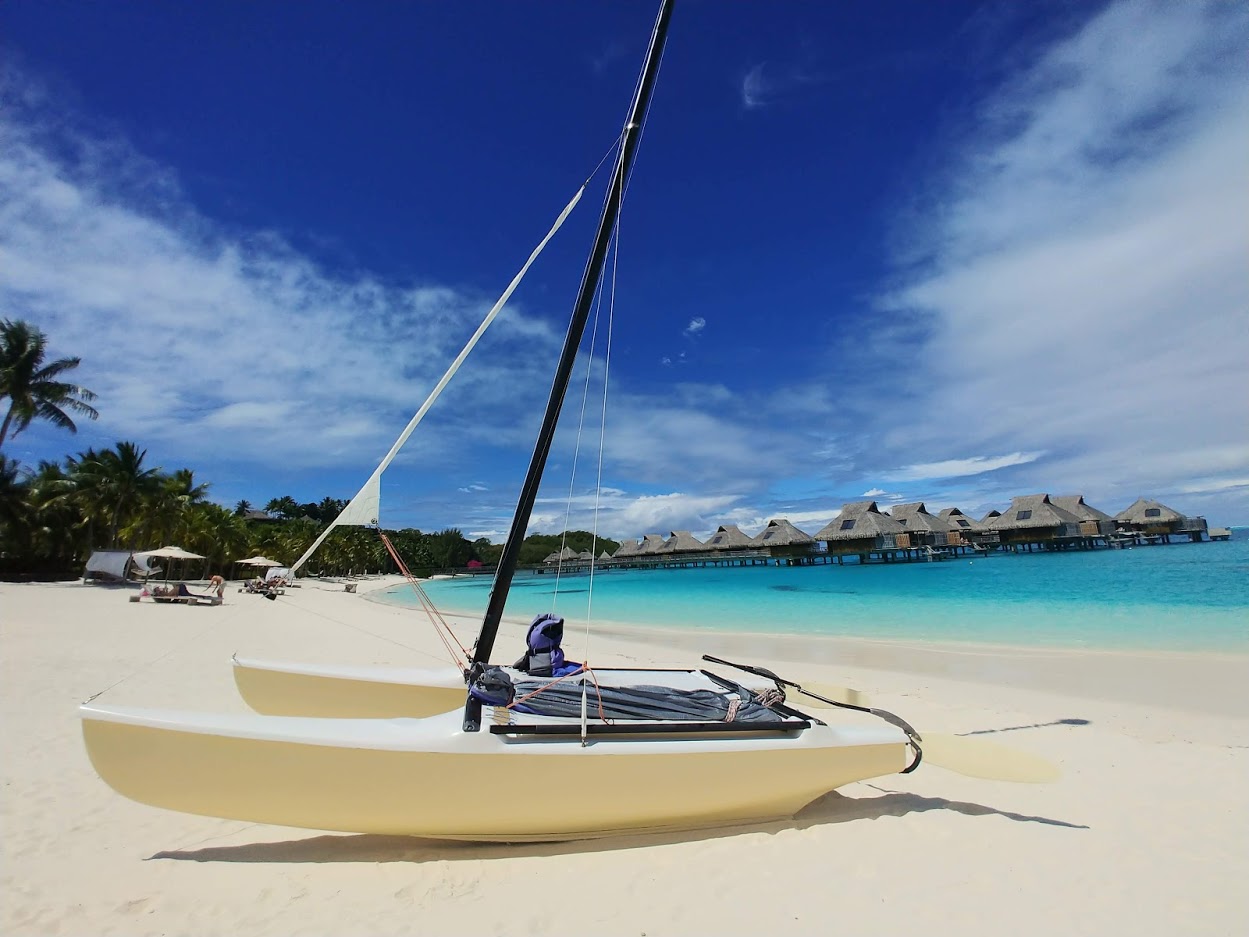






















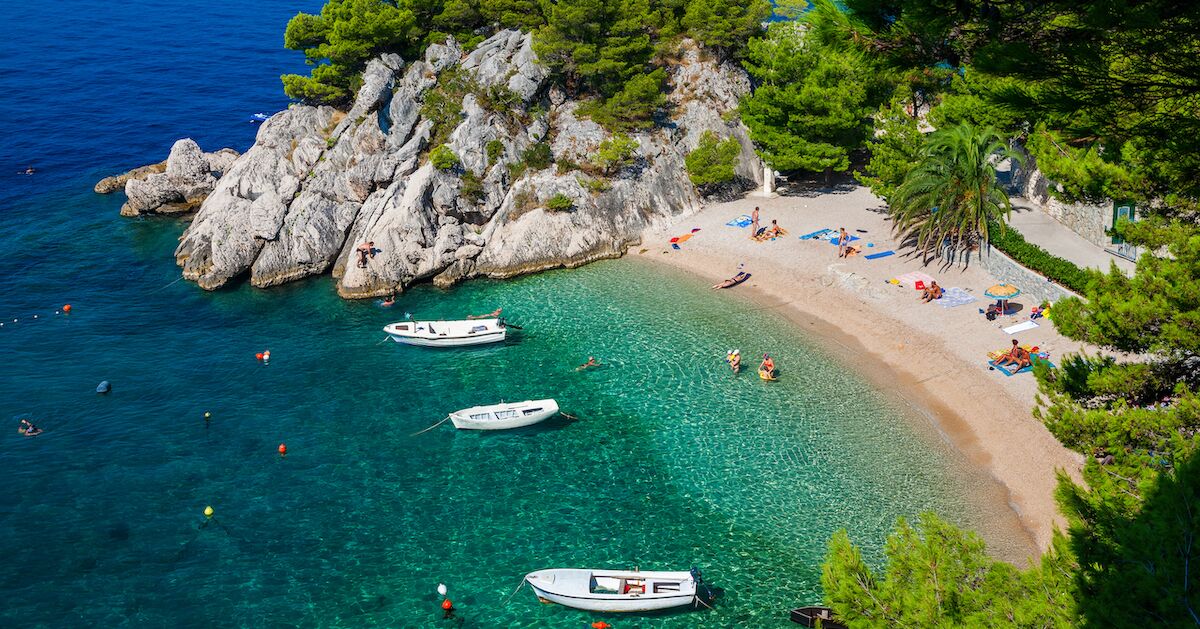



















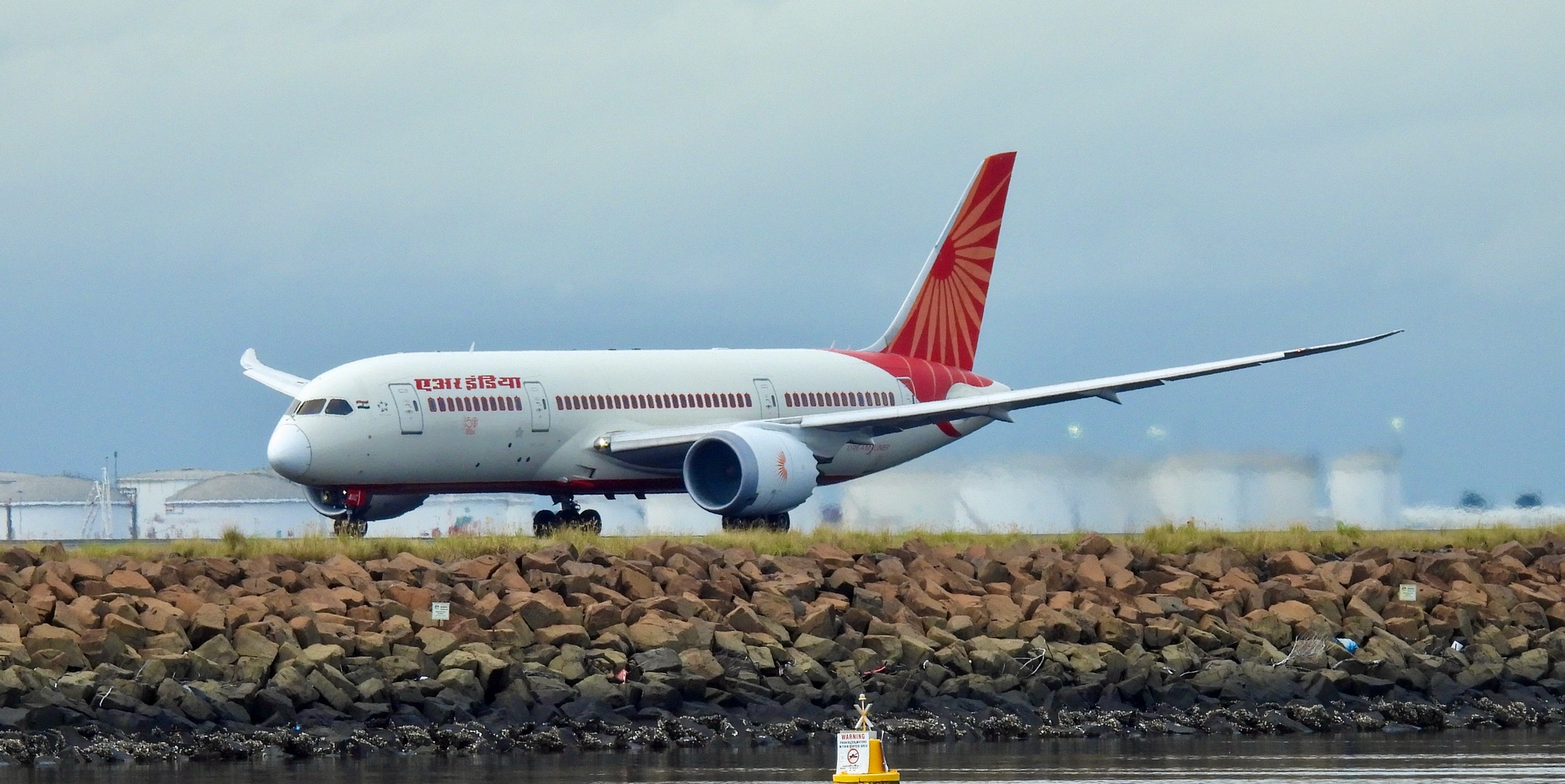











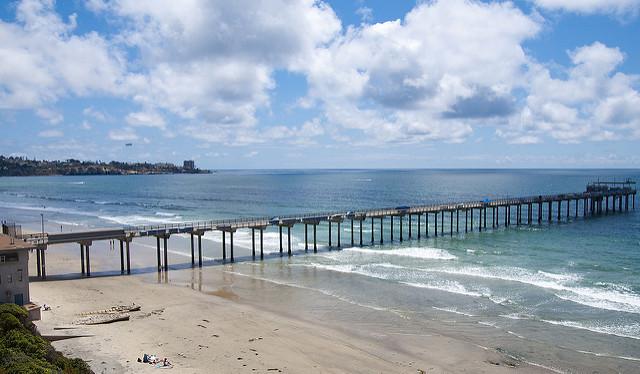

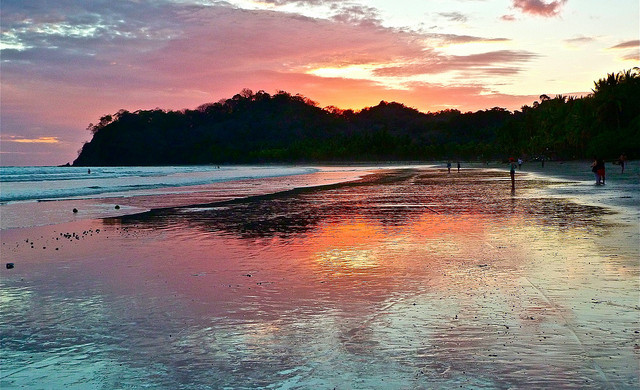
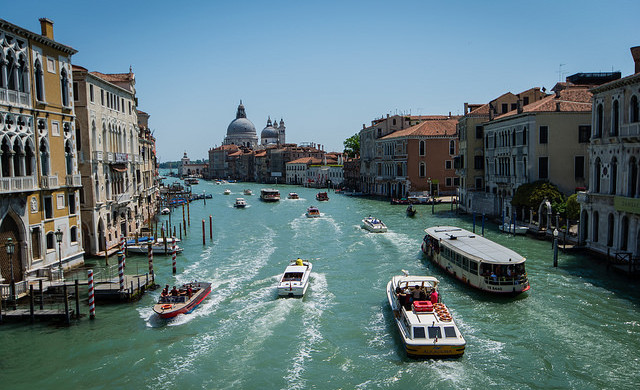




































-0-6-screenshot.png?width=1920&height=1920&fit=bounds&quality=70&format=jpg&auto=webp#)

































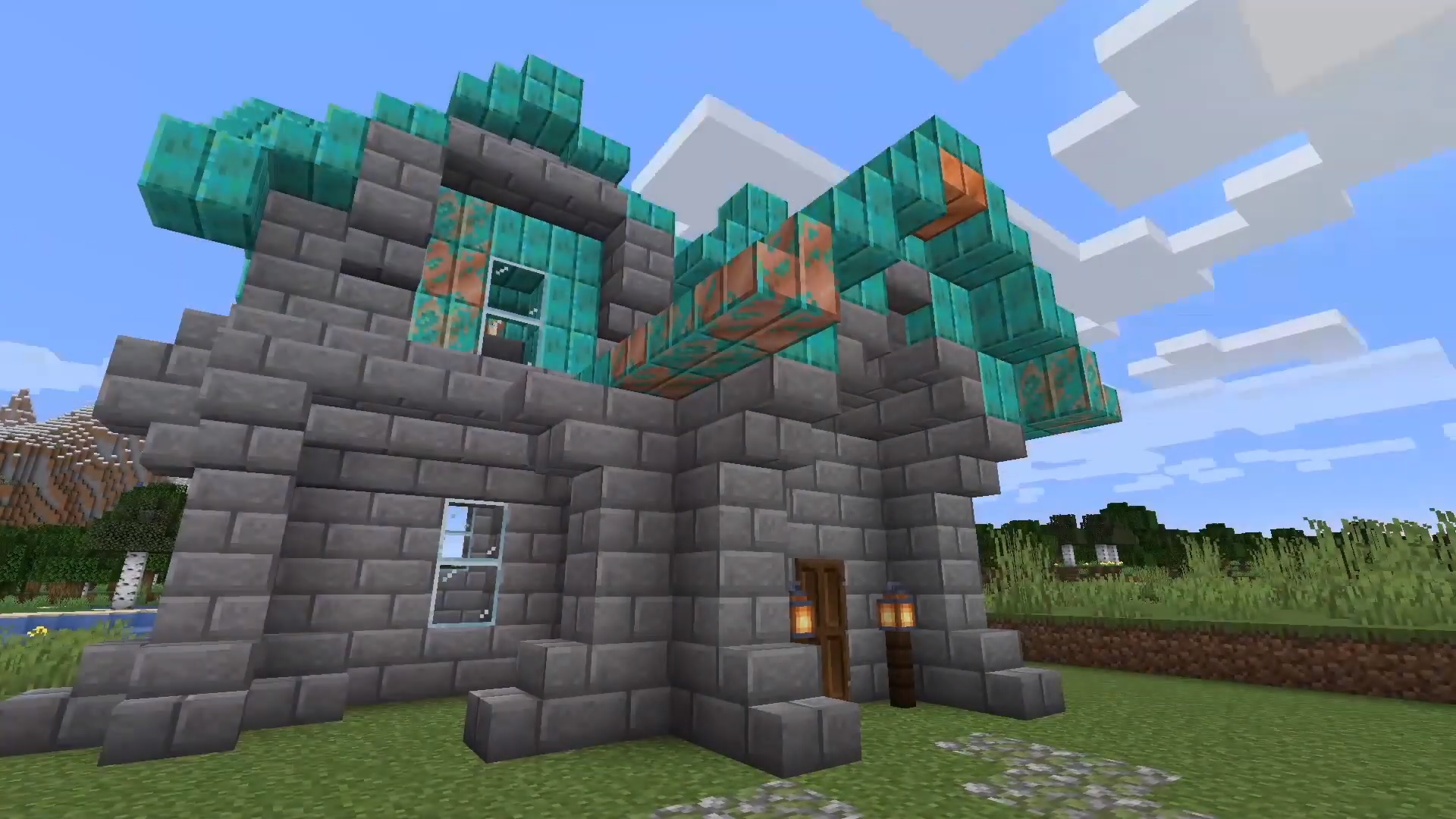





































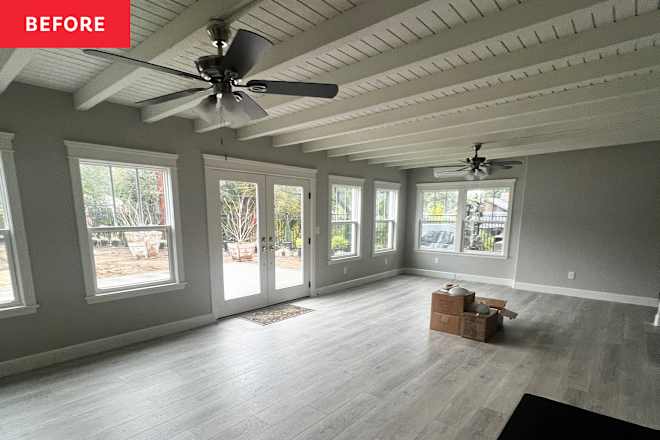





























































.jpg)

























































































































